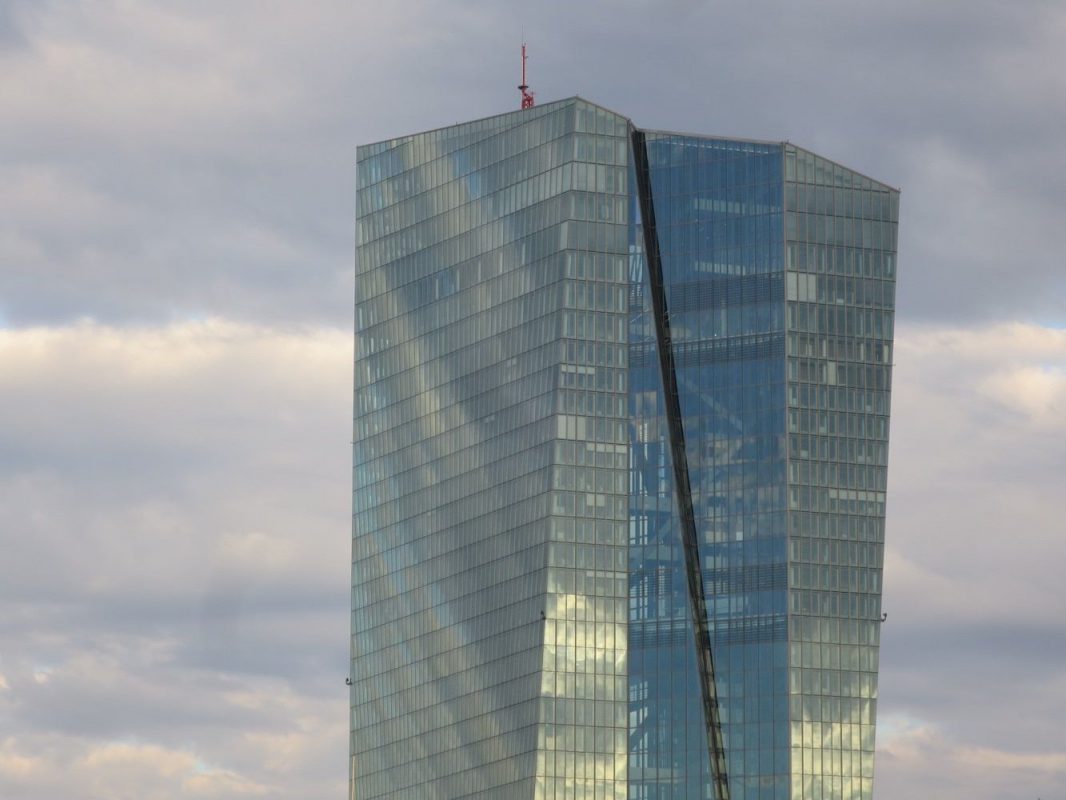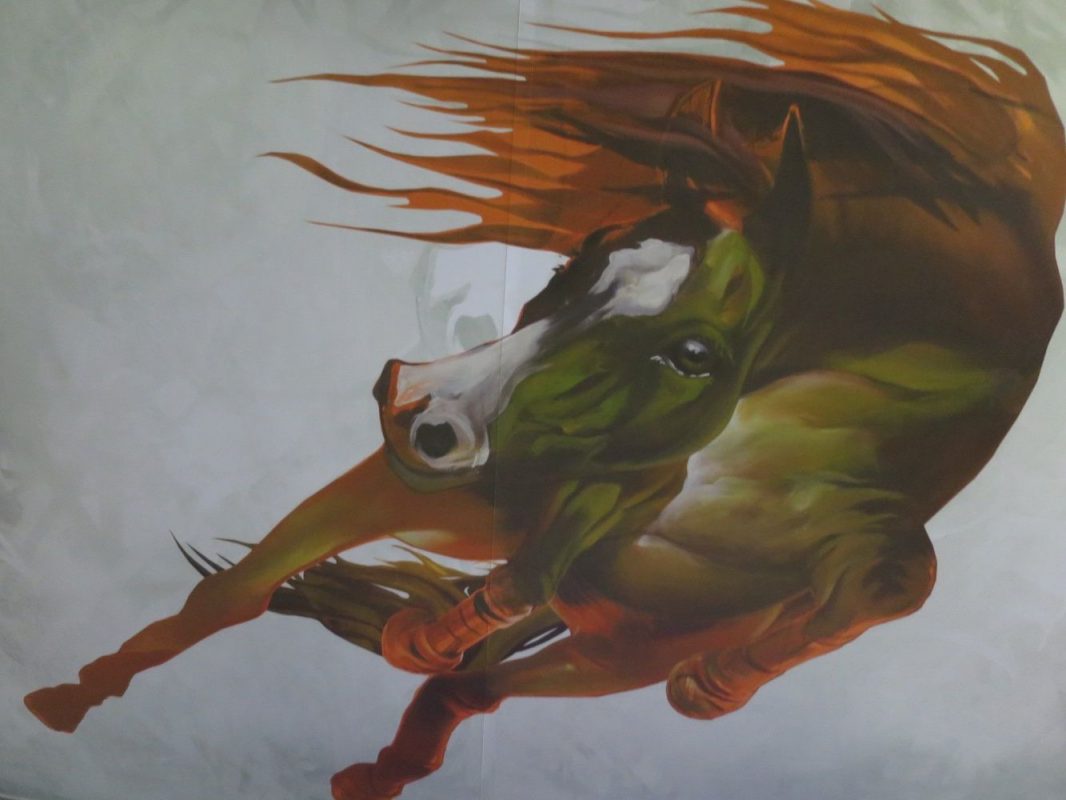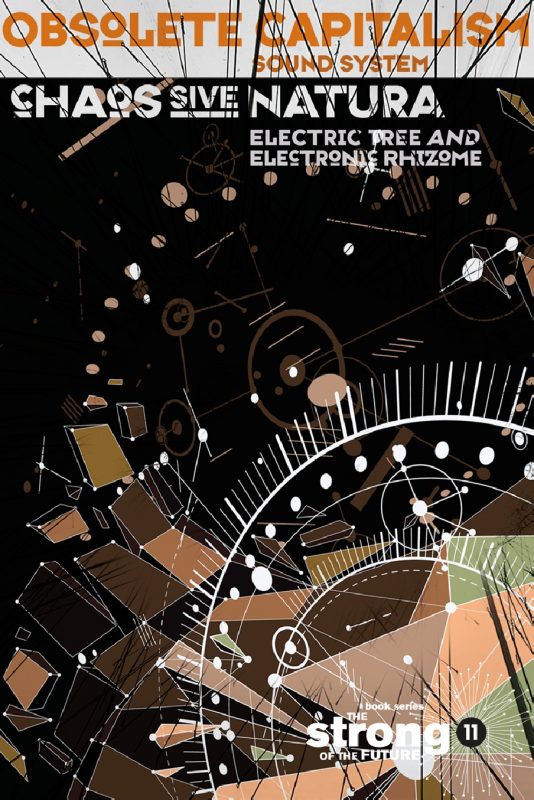Deleuze/Guattari and quantum finance
Deleuze/Guattari invite us to apply at least three models of thought to the theoretical analysis of economics, by tracing the image of the current that, in their view, articulates each model. It is only the third, the molecular-performative model, that […]
Deleuze/Guattari and quantum finance




